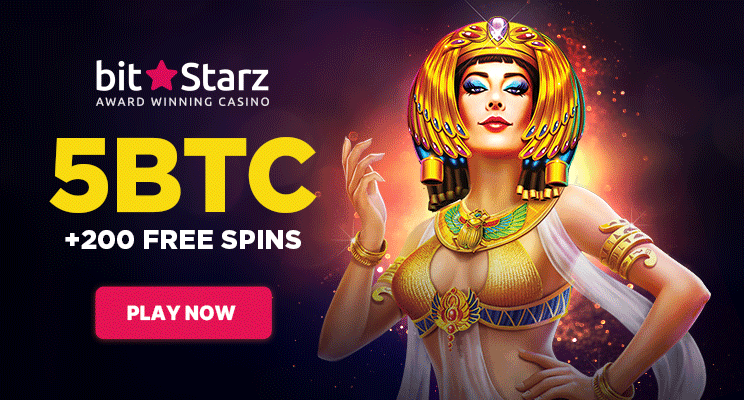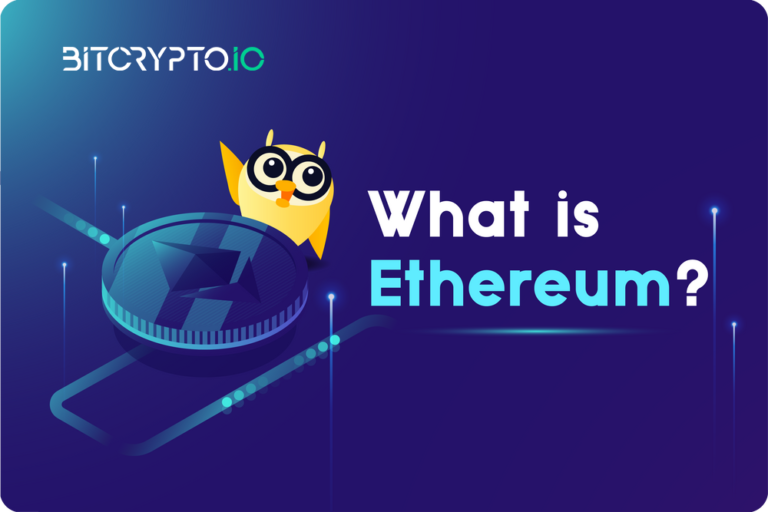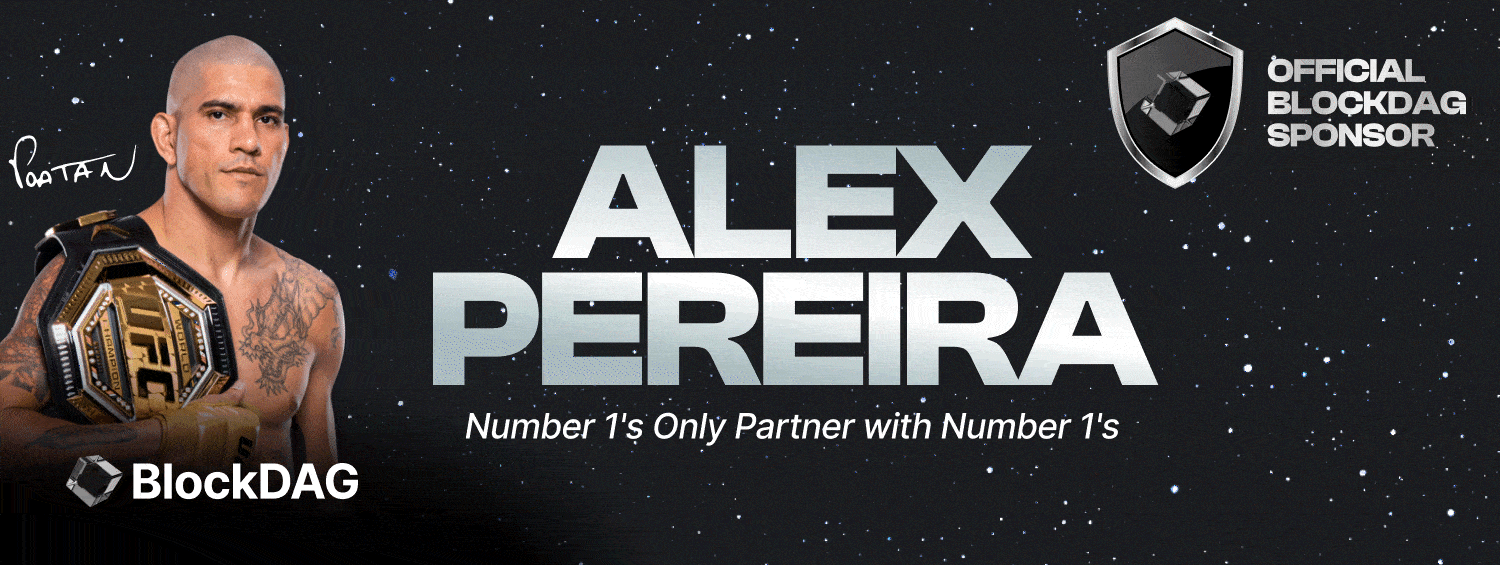A complete beginner’s guide to how Ethereum works, the benefits it brings and how it’s being used by millions of people around the world.
Summary
Ethereum is a network of computers all over the world that follow a set of rules called the Ethereum protocol. The Ethereum network acts as the foundation for communities, applications, organizations and digital assets that anyone can build and use.
You can create an Ethereum account from anywhere, at any time, and explore a world of apps or build your own. The core innovation is that you can do all this without trusting a central authority that could change the rules or restrict your access.
What can Ethereum do?
Banking for everyone
Not everyone has access to financial services. But all you need to access Ethereum and the lending, borrowing and savings products built on it is an internet connection.
An open internet
Anyone can interact with Ethereum network or build applications on it. This allows you to control your own assets and identity, instead of them being controlled by a few mega-corporations.
A peer-to-peer network
Ethereum allows you to coordinate, make agreements or transfer digital assets directly with other people. You don’t need to rely on intermediaries.
Censorship-resistant
No government or company has control over Ethereum. Decentralization makes it nearly impossible for anyone to stop you from receiving payments or using services on Ethereum.
Commerce guarantees
Customers have a secure, built-in guarantee that funds will only change hands if you provide what was agreed. Likewise, developers can have certainty that the rules won’t change on them.
Composable products
All apps are built on the same blockchain with a shared global state, meaning they can build off each other (like Lego bricks). This allows for better products and experiences and assurances that no-one can remove any tools apps rely upon.
What is a blockchain?
A blockchain is a database of transactions that is updated and shared across many computers in a network. Every time a new set of transactions is added, its called a “block” – hence the name blockchain. Public blockchains like Ethereum allow anyone to add, but not remove, data. If someone wanted to alter any of the information or cheat the system, they’d need to do so on the majority of computers on the network. That is a lot! This makes decentralized blockchains like Ethereum highly secure.
What is a cryptocurrency?
Cryptocurrency is a term used to describe many types of fungible digital tokens secured using a blockchain. It all started with Bitcoin. Bitcoin can be used to transfer value between two parties without having to trust a middleman. You only have to trust the Bitcoin code, which is all open and freely available.
The reason assets such as bitcoin and ether are called “cryptocurrencies” is that the security of your data and assets is guaranteed by cryptography, not by trusting an institution or corporation to act honestly.
Ethereum has its own native cryptocurrency, ether (ETH), which is used to pay for certain activities on the network. It can be transferred to other users or swapped for other tokens on Ethereum. Ether is special because it is used to pay for the computation required to build and run apps and organizations on Ethereum.
Why would I use Ethereum?
If you’re interested in more resilient, open, and trustworthy ways to coordinate globally, create organizations, build apps and share value, Ethereum is for you. Ethereum is a story that is written by all of us, so come and discover what incredible worlds we can build with it together.
Ethereum has also been invaluable for people who have had to handle uncertainty around the security or soundness or mobility of their assets due to external forces outside of their control.
Who runs Ethereum?
Ethereum is not controlled by any particular entity. It exists whenever there are connected computers running software following the Ethereum protocol and adding to the Ethereum blockchain
Each of these computers is known as a node. Nodes can be run by anyone, although to participate in securing the network you have to stake
ETH (Ethereum’s native token). Anyone with 32 ETH can do this without needing permission.
Even the Ethereum source code is not produced by a single entity. Anyone can suggest changes to the protocol and discuss upgrades. There are several implementations of the Ethereum protocol that are produced by independent organizations in several programming languages, and they are usually built in the open and encourage community contributions.
What are smart contracts?
Smart contracts are computer programs living on the Ethereum blockchain. They execute when triggered by a transaction from a user. They make Ethereum very flexible in what it can do. These programs act as building blocks for decentralized apps and organizations.
Have you ever used a product that changed its terms of service? Or removed a feature you found useful? Once a smart contract is published to Ethereum, it will be online and operational for as long as Ethereum exists. Not even the author can take it down. Since smart contracts are automated, they do not discriminate against any user and are always ready to use.
Popular examples of smart contracts are lending apps, decentralized trading exchanges, insurance, quadratic funding, social networks, NFTs – basically anything you can think of.
Meet ether, Ethereum’s cryptocurrency
Many actions on the Ethereum network require some work to be done on Ethereum’s embedded computer (known as the Ethereum Virtual Machine). This computation is not free; it is paid for using Ethereum’s native cryptocurrency called ether (ETH). This means you need at least a small amount of ether to use the network.
Ether is purely digital, and you can send it to anyone anywhere in the world instantly. The supply of ether isn’t controlled by any government or company – it is decentralized and completely transparent. Ether is issued in a precise manner according to the protocol, only to stakers who secure the network.
What about Ethereum’s energy consumption?
On September 15, 2022, Ethereum went through The Merge upgrade which transitioned Ethereum from proof-of-work to proof-of-stake.
The Merge was Ethereum’s biggest upgrade and reduced the energy consumption required to secure Ethereum by 99.95%, creating a more secure network for a much smaller carbon cost. Ethereum is now a low-carbon blockchain while boosting its security and scalability.
What is the difference between Ethereum and Bitcoin?
Launched in 2015, Ethereum builds on Bitcoin’s innovation, with some big differences.
Both let you use digital money without payment providers or banks. But Ethereum is programmable, so you can also build and deploy decentralized applications on its network.
Bitcoin enables us to send basic messages to one another about what we think is valuable. Establishing value without authority is already powerful. Ethereum extends this: rather than just messages, you can write any general program, or contract. There is no limit to the kind of contracts which can be created and agreed upon, hence great innovation happens on the Ethereum network.
While Bitcoin is only a payment network, Ethereum is more like a marketplace of financial services, games, social networks and other apps.


























